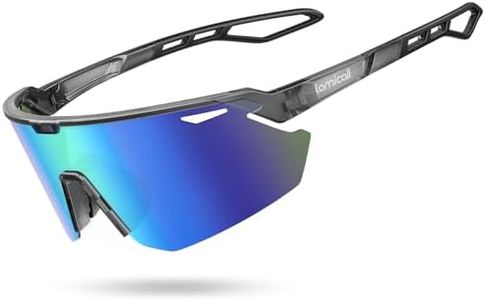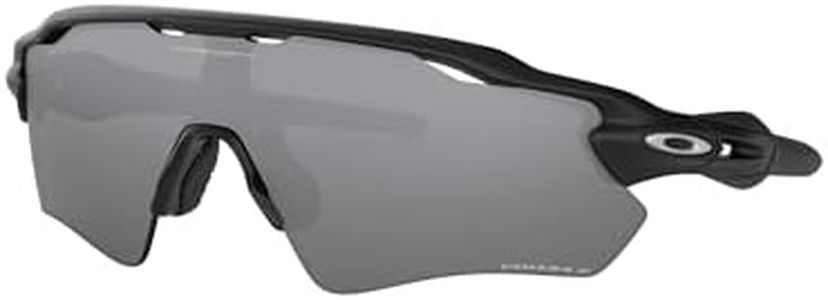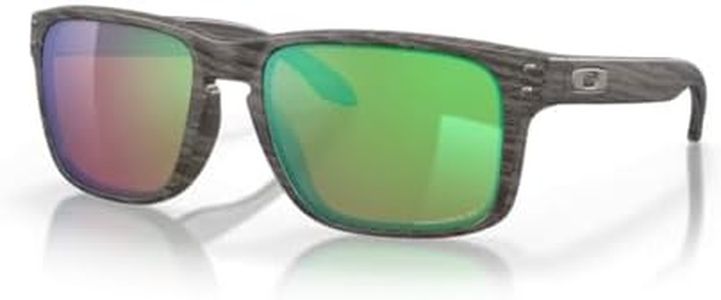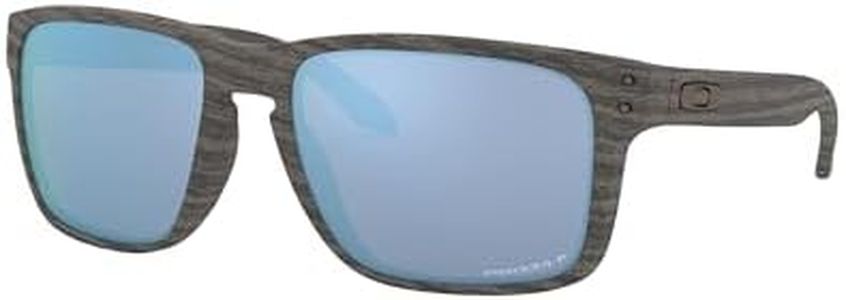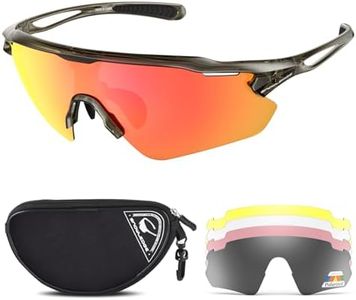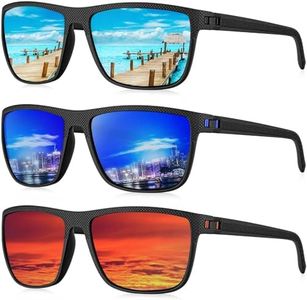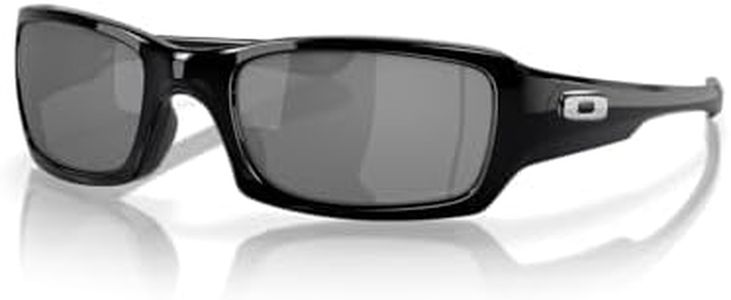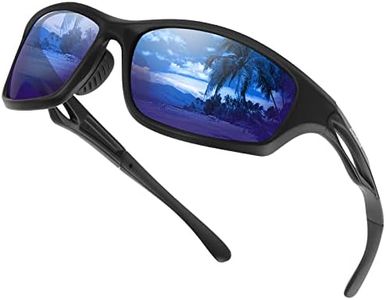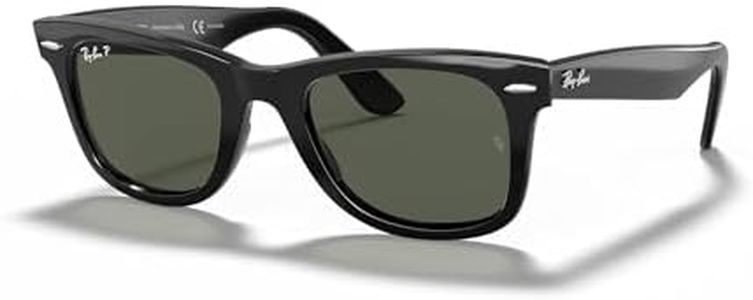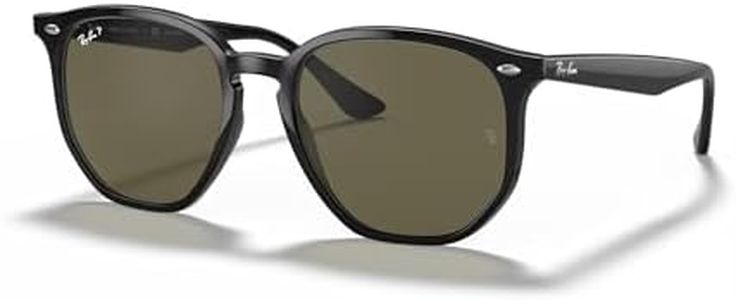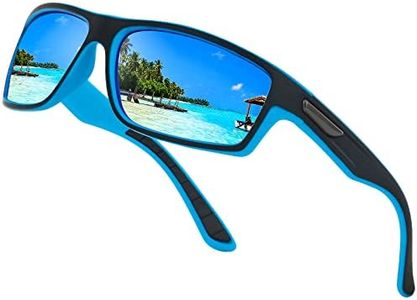We Use CookiesWe use cookies to enhance the security, performance,
functionality and for analytical and promotional activities. By continuing to browse this site you
are agreeing to our privacy policy
10 Best Fishing Sunglasses
From leading brands and best sellers available on the web.By clicking on a link to a third party's website, log data is shared with that third party.
Buying Guide for the Best Fishing Sunglasses
When choosing fishing sunglasses, it's important to focus on how the glasses can help you see better in various water and weather conditions, while also protecting your eyes from harmful rays. It’s not just about style—fishing sunglasses should be functional, comfortable, and suitable for the environments where you like to fish. Understanding the main features will help you select sunglasses that enhance your fishing experience and keep your eyes safe.Lens PolarizationLens polarization is a special filter on sunglasses that helps reduce glare coming off the water surface. This is very important in fishing because glare can make it hard to see fish or underwater features. You can choose from non-polarized (which do not reduce glare), partially polarized, or fully polarized lenses (which block most glare). For serious fishing, fully polarized lenses are usually best. If you fish in bright, open conditions or shallow water, go for full polarization. If you only fish occasionally or in low-light conditions, partial or no polarization may be enough.
UV ProtectionUV protection means the lenses block ultraviolet (UV) rays from the sun, which can be harmful to your eyes. This is a must-have feature for any outdoor sunglasses. Levels of protection can be basic (some UV blocked), moderate, or full UV protection (often labeled as UV400). Always aim for full UV protection if you spend more than a short time fishing—this keeps your eyes healthy and safe from sun damage.
Lens ColorLens color (tint) affects how well you see in different lighting. Common colors include gray, brown/amber, and yellow. Gray helps reduce brightness and is good for bright, sunny days. Brown or amber enhances contrast, great for spotting fish in mixed lighting or cloudy weather. Yellow is best for low light or overcast days. Choose the color that matches the type of weather or water you usually fish in. Some sunglasses let you swap lenses, so you can adapt to changing conditions.
Fit and ComfortFit and comfort mean how well the sunglasses sit on your face and whether they stay put during activity. Good fishing sunglasses should fit snugly but not pinch, should not slide down your nose, and should feel comfortable after hours of wear. Features to look for include adjustable nose pads, flexible hinges, and lightweight frames. Try different shapes and see what feels secure on your head, especially if you fish for long periods or move around a lot.
Frame DurabilityFrame durability tells you how sturdy the sunglasses are and how well they handle tough conditions like heat, water, or accidental drops. Materials range from basic plastic to more advanced nylon or polycarbonate, each offering different levels of strength. If you fish in rugged environments or are rough with your gear, pick frames labeled as impact-resistant or made for sports. If you’re gentle or mainly fish from a boat or shore, standard frames may be fine.
Lens Shape and CoverageLens shape and coverage describe how much of your eyes and surrounding area are protected from sun and glare. Wraparound or larger lenses provide the most coverage, blocking light from the sides and top. Standard shapes may leave gaps where sunlight can sneak in. Select lens shapes based on where and how you fish—wide open lakes or the ocean benefit from wraparound designs, while smaller, shaded spots may need less coverage.
